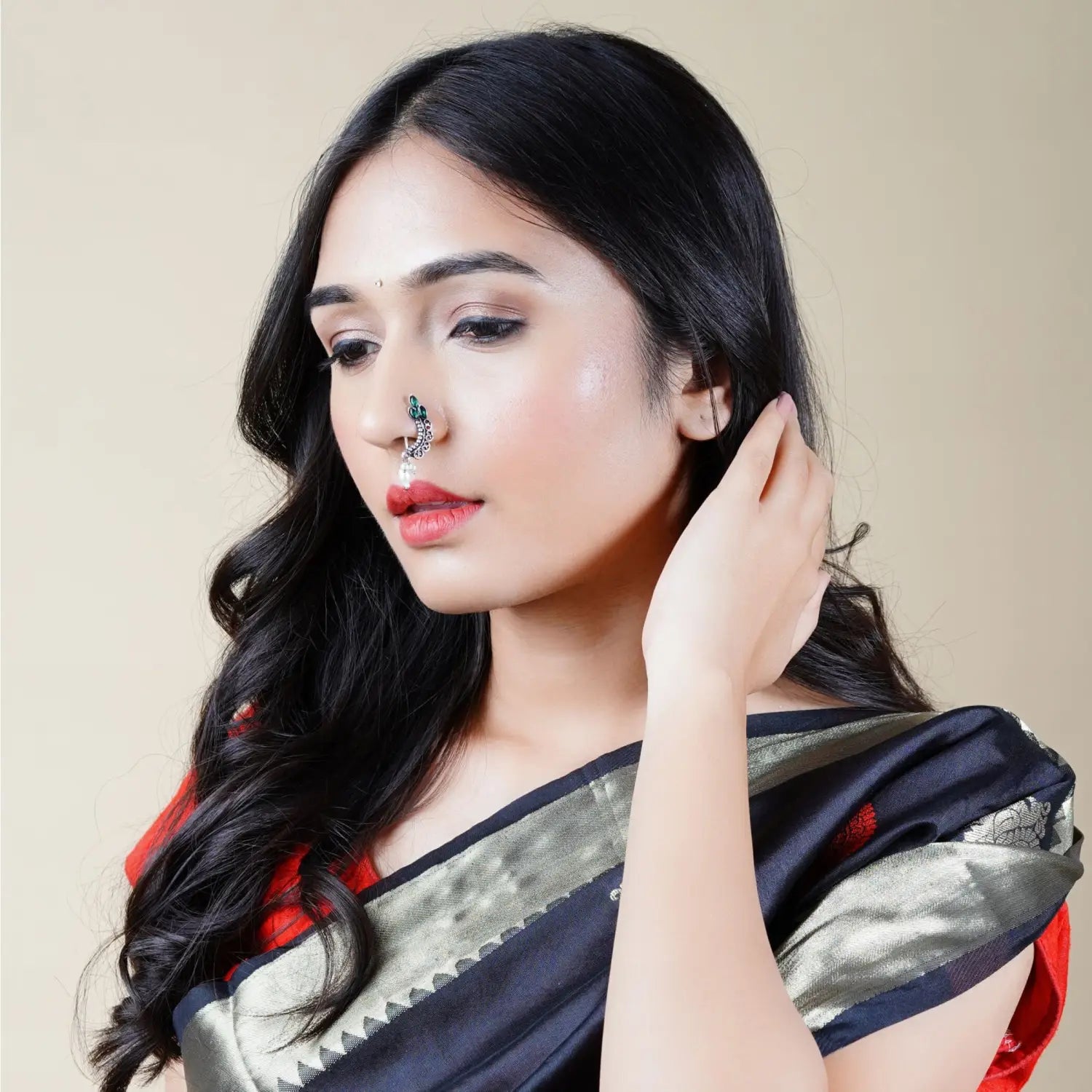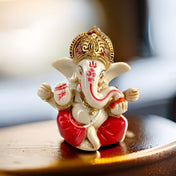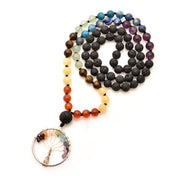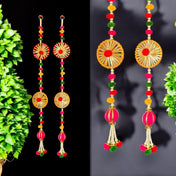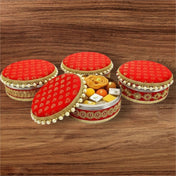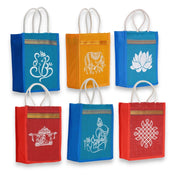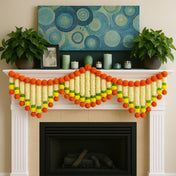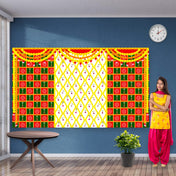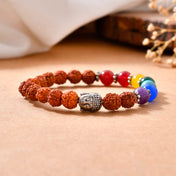Nose rings, a type of body adornment, have been part of human culture for thousands of years. These small pieces of jewelry are typically worn in piercings made in various parts of the nose, most commonly the nostril or septum. The way nose rings are worn can vary widely, with styles ranging from subtle studs and screws to elaborate hoops and chains that may connect to earrings.
Discover the fascinating meanings and rich history behind nose rings, which are not only a statement of style but also carry significant cultural and historical weight. From their ancient origins to contemporary significance, nose rings bridge past traditions with modern expression. They serve as a compelling form of personal ornamentation that transcends time and continues to evolve in symbolism.
As you explore the diverse world of nose rings, consider how they might enhance your personal style or connect you with their deep-rooted meanings. From intricate designs to classic adornments available in our Nose rings collection along with the elegance of a Peacock Tikka, these pieces hold a charm that has captivated people across cultures and eras.
Ancient Origins and Global Cultural Significance
The concept of nose piercings is rooted in an ancient tradition that has been embraced by various cultures worldwide. Originating in the Middle East thousands of years ago, these piercings hold more than just aesthetic value; they are deeply intertwined with the history and customs of different societies.
Oldest Known Nostril Piercings in the Middle East
Archaeological findings and historical accounts reveal that nose piercings existed in the Middle East around 4,000 to 5,000 years ago. These early examples of nostril piercings emphasize their enduring significance in human civilizations. For instance, a gold nose ring was discovered in a grave at the Tell Ingharra archaeological site (formerly known as Ebla) in present-day Syria, suggesting that nose piercings were not only widespread but also symbolized prestige and beauty in those ancient cultures.
The significance of this discovery cannot be overstated. Imagine unearthing artifacts from millennia past — jewelry that once adorned the noses of individuals who lived in vibrant communities that thrived long before many modern cities even existed. The presence of these ornaments confirms that personal adornment with complex meanings has been part of human culture for thousands of years.
Incorporating these historical findings into contemporary style, you might find yourself drawn to antique-inspired maang tikkas or intricate jhumkas, which echo the artistry and allure of ancient jewelry designs. For those who prefer non-permanent options, clip-on nose pins offer a nod to this venerable tradition without commitment.
The fact that these practices have persisted through millennia underscores their deep-rooted place in human expression and identity. Nose piercings from bygone eras convey messages about societal norms, individual status, and aesthetic preferences that were just as nuanced then as they are today.
Diverse Interpretations Across Cultures
As you explore further, you'll uncover how each culture has infused its unique meanings into nose-piercing customs. From countries in Southwest Asia and North Africa (SWANA) to far-flung regions like Poland and Australia, there is a fascinating array of interpretations and incorporations of these adornments in daily life. Even within Native American tribes and amongst Ilocano communities in the Philippines, nose rings held specific symbolism and served various functions — from spiritual significance to indicators of social hierarchy.
When contemplating traditional earrings with chains such as kaan mattal, it becomes evident that interconnectedness between different forms of body adornment has always existed. These pieces not only enhance beauty but also celebrate cultural heritage and serve as tangible links to the past.
By recognizing that each piece carries a narrative — a reverberation from our ancestors — we begin to grasp the depth and diversity of wearing a nose ring. Whether examining ancient artifacts or contemporary interpretations, it's apparent that these small metallic or bony accessories have played a significant role in human history across continents and civilizations.
Septum Piercings: From Ancient Warriors to Modern Fashion Statements
Septum piercings have a fascinating history that spans different cultures and time periods. In the past, these piercings were more than just decorative - they held deep meaning within warrior societies. They were a way to show strength, courage, and status among warriors, setting them apart with their fierce nature.
1. Ancient Practice: The Earliest Nostril Piercings
The tradition of septum piercings has a long history, dating back to the oldest known nostril piercings found in the Middle East.
2. Warrior Culture Symbolism: Significance Among Indigenous Tribes
Among indigenous tribes all over the world, septum piercings were a symbol of a warrior's skill and were an important part of their identity.
3. Global Traditions: Septum Piercings Across Continents
This form of body modification was widespread across different continents, from Native Americans to tribes in New Guinea. Each culture had its own unique meaning attached to the practice.
Today, septum piercings have moved beyond their origins in martial culture and have become a popular trend in modern fashion. People are drawn to their bold and edgy look, using them as a way to express themselves and embrace their individuality.
4. Fashion Enthusiasts: Making a Statement
The modern appeal of septum piercings has caught the attention of fashion-forward individuals who want to stand out.
5. Diverse Cultures: Connecting Past and Present
For many people, this piercing continues to be a way to connect with their cultural heritage while also incorporating contemporary elements.
Whether you're looking for cultural accessories like beautiful Garland-Mala Beads for special events or embracing the beauty of South Indian jewelry such as a Gold Plated Tikka, septum piercings complement these adornments perfectly, blending past traditions with the present.
It's interesting to see how septum piercings still hold significance for many as symbols of their heritage and personal identity. At the same time, they also represent how cultural practices can change and evolve over time.
Nose Rings in Indian/Hindu Culture: A Sacred Adornment
In Indian and Hindu culture, nose piercings hold profound symbolic significance, deeply rooted in tradition and spirituality. The practice is not merely an aesthetic choice but carries layers of cultural and religious meaning.
Significance of Nose Rings in Indian/Hindu Culture
- Marital Status: For women, nose rings often symbolize marriage. Upon marriage, a woman may receive a nose ring, which serves as a sign of her new status. This custom varies by region, with different styles indicating specific cultural backgrounds.
- Goddess Worship: Many Hindu deities are depicted wearing nose rings. In particular, goddesses such as Parvati, Lakshmi, and Saraswati are shown with these adornments, embodying feminine strength and divinity. Women wear nose rings to honor these deities and invoke their qualities.
Dual Symbolism: Marriage and Devotion to Deities through Nose Rings
Nose rings serve as a dual symbol in Hindu culture. They are not only indicators of marital status but also express devotion to the divine. This duality is evident in the varied designs found across India:
- Nath: A large hoop nose ring linked to bridal jewelry and often worn during weddings.
- Laung: A stud is typically worn on one side of the nostril, sometimes associated with worship practices.
These pieces are not just decorative; they represent a connection to centuries-old traditions that continue to thrive in modern times. For those interested in such culturally rich adornments, you might explore exquisite options like boho earrings or traditional saree brooches, which capture the essence of Indian heritage.
As we delve deeper into global traditions surrounding nose piercings, it becomes clear that they are more than simple fashion statements; they carry the weight of history and signify identities spanning thousands of years.
Exploring Nose Ring Traditions Across Different Cultures: SWANA Countries, Poland, Native America, Australia, and the Philippines
Nose piercings are not a new trend but an ancient practice rooted in various global traditions. They have been significant across civilizations for centuries.
SWANA Countries (700 BC - 400 AD):
In the region spanning Southwest Asia to North Africa, nose rings were common between 700 BC and 400 AD. These accessories were more than just decorative items; they often represented a person’s social standing or wealth and could even be given as part of a marriage agreement.
Poland:
Moving to Europe, in Poland, nose rings have a history of being associated with the folk culture of certain regions. While not as common as in other cultures, these unique pieces of jewelry showcased local styles and sometimes played a role in traditional celebrations or clothing.
Native American Cultures:
Nose piercings held significant value among various Native American cultures. For some tribes, nose rings represented tribal identity and status within the community. The accessories could also symbolize spiritual significance or accomplishments in battle for warriors.
Indigenous Australian Cultures:
In indigenous Australian cultures, nose piercings have been observed as part of beauty enhancement practices and coming-of-age ceremonies. These traditions show how body modifications can be connected to cultural identity and personal growth.
Ilocano Culture in the Philippines:
The Ilocano people from the northern regions of the Philippines embraced nose rings as a symbol of beauty and femininity. Often made from gold or other precious materials, these nose ornaments carried both aesthetic appeal and served as indicators of wealth or marital status.
Each culture has its own unique way of understanding nose piercing, adding to the diverse range of customs associated with this form of body art. As you think about including a piece like ethnic chandelier earrings in your collection from regions known for their intricate designs, remember that each piece reflects age-old traditions and holds more than just beauty—it is a piece of history and cultural identity.
Evolution and Contemporary Significance of Nose Rings
Image link - https://www.lovenspire.com/collections/jewelry-noserings/products/delicate-nose-ring-2-tone-plating-pressing-nosepin-indian
The Influence of French Singer Polaire and Early 20th Century Trends
The journey of nose rings from ancient decorations to modern fashion accessories shows how they have remained popular over time. In the early 20th century, there was a significant change when Émilie Marie Bouchaud, also known as Polaire, a French singer and actress, came into the picture with her unconventional beauty and striking presence.
Polaire: Challenging Beauty Standards
Polaire was known for her small figure, tightly laced waist, and unique features. She defied the conventional beauty standards of Western society during that period. One of her bold choices was wearing a nose ring, which was considered revolutionary at the time. This single accessory became her signature look, setting her apart from other performers and gaining admiration from fans who appreciated her defiance of Western culture's norms.
Beauty Enhancement: Accentuating Exotic Aesthetics
Polaire's nose ring wasn't just a symbol of rebellion; it also enhanced her appearance, similar to its purpose in many indigenous cultures. Its sparkle and distinctiveness added to her exotic look, making her even more captivating and mysterious.
Cultural Shift: Embracing Body Modifications
The fact that such a prominent figure like Polaire embraced nose rings signified a significant cultural change. It showed that Western society was becoming more open to accepting body modifications that had been part of other cultures worldwide for a long time.
By embracing this cultural symbol, Polaire paved the way for future generations to explore body art as a form of self-expression. Her influence continues today as nose rings have become common in various subcultures and mainstream fashion.
Early 20th Century Trends: Exploring Eastern Influences
In addition to Polaire's personal impact, the early 20th century witnessed a growing interest in Eastern cultures, which played a role in the acceptance and popularity of nose rings. As Western societies encountered these traditions through travel and cultural exchange, they started incorporating elements into their own fashion choices.
- The Bohemian Movement: Artists and intellectuals sought inspiration from diverse cultures, often adopting bohemian styles that included body piercings like nose rings.
- Fashion Fusion: Western fashion occasionally incorporated Eastern decorative traditions into clothing and accessories, reflecting an increasingly global consciousness.
Today's trendsetters continue to find inspiration in the past while pushing boundaries further. Nose rings have gone beyond their original meanings to represent personal statements about uniqueness, creativity, and opposition to standardized beauty ideals.
Despite being widely popular, it's important to acknowledge the deep historical significance behind these ornaments. Whether you're considering adding nose rings to your style or simply admiring them on others, you're connecting with a rich heritage that spans thousands of years and countless societies.
Continued Relevance and Cultural Pride: South Asians Embracing Nose Rings
The resurgence of nose ring fashion among South Asians is not just about following global trends; it's also a way for them to proudly embrace their culture and rebel against Western beauty ideals. While Western society has become more accepting of body modifications, nose rings have evolved from symbols of counterculture to mainstream fashion accessories.
Reasons Behind the Rise in Nose Ring Fashion Among South Asians
Here are some key reasons why nose rings hold such significance for South Asians:
- Defiance Against Western Beauty Ideals: For South Asians, wearing nose rings is a way to reclaim their heritage and resist the pressure to conform to Western standards of beauty. It's a celebration of their unique beauty that goes against the Western ideal.
- Beauty Enhancement Through Traditional Adornment: Within South Asian communities, nose rings are seen as both a symbol of maturity and a way to enhance one's appearance. They are deeply rooted in the culture and play a significant role in personal identity.
- Nose Rings in Western Society: While Polaire may have introduced nose rings to the Western world in the early 20th century, today's wearers see them as more than just accessories. They use nose rings as a form of self-expression, showcasing their personal style and cultural pride.
By incorporating nose rings into their everyday lives, South Asians living outside their homeland maintain a strong connection to their roots. This choice serves as a visual representation of their identity, allowing them to navigate between different cultures while honoring their ancestry.
In embracing nose rings, South Asians challenge the idea that Western beauty standards should define everyone's appearance. Instead, they assert their rightful place in the diverse world of fashion.
The Many Meanings of Wearing a Nose Ring Today
Nose rings are a powerful way for people to express themselves, showing who they are and what they like without saying a word. This small piece of jewelry can mean different things to different people:
1. Individuality
Choosing to wear a nose ring can be a personal way of showing that you're one-of-a-kind. In a world where everyone is expected to fit in, wearing a nose ring can be a bold statement about how you're different and proud of it.
2. Fashion Statement
Nose rings have gone beyond their cultural and historical roots to become a popular fashion accessory. With so many designs, materials, and ways to wear them, nose rings offer endless opportunities for self-expression through style.
3. Cultural Pride
For some individuals, wearing a nose ring is a way to honor their heritage and connect with their ancestors. It's a meaningful reminder of the traditions and customs that have shaped their identity.
4. Symbolic Significance
In certain situations, nose rings can represent significant moments in life or personal beliefs. They might symbolize freedom, going against societal norms, or even spiritual convictions.
By wearing nose rings as part of their personal style, people explore the various meanings these pieces hold. Each nose ring becomes more than just an accessory – it becomes a storytelling element that reflects heritage, uniqueness, and cultural growth.
Conclusion
Nose rings have significant cultural and symbolic meanings beyond being mere fashion accessories. They represent ancient customs and traditions, serving as a way for people today to connect with their heritage and express their individuality. The fact that nose rings have existed since ancient times and are still prevalent in various societies today shows how resilient and adaptable they are as a form of body art.
In conclusion, understanding and appreciating nose rings involves:
- Acknowledging and respecting the deep meanings and history behind them
- Recognizing the significance of these traditions in different cultures worldwide
- Examining one's personal motivations for wearing nose rings, whether it's for style, cultural pride, or spiritual beliefs
It is crucial to approach cultural expression with sensitivity and respect. Therefore, embracing nose ring traditions requires knowledge of their origins and an admiration for their continued relevance. By doing so, you contribute to a world that values diversity and preserves the richness of cultural practices amidst global uniformity.

